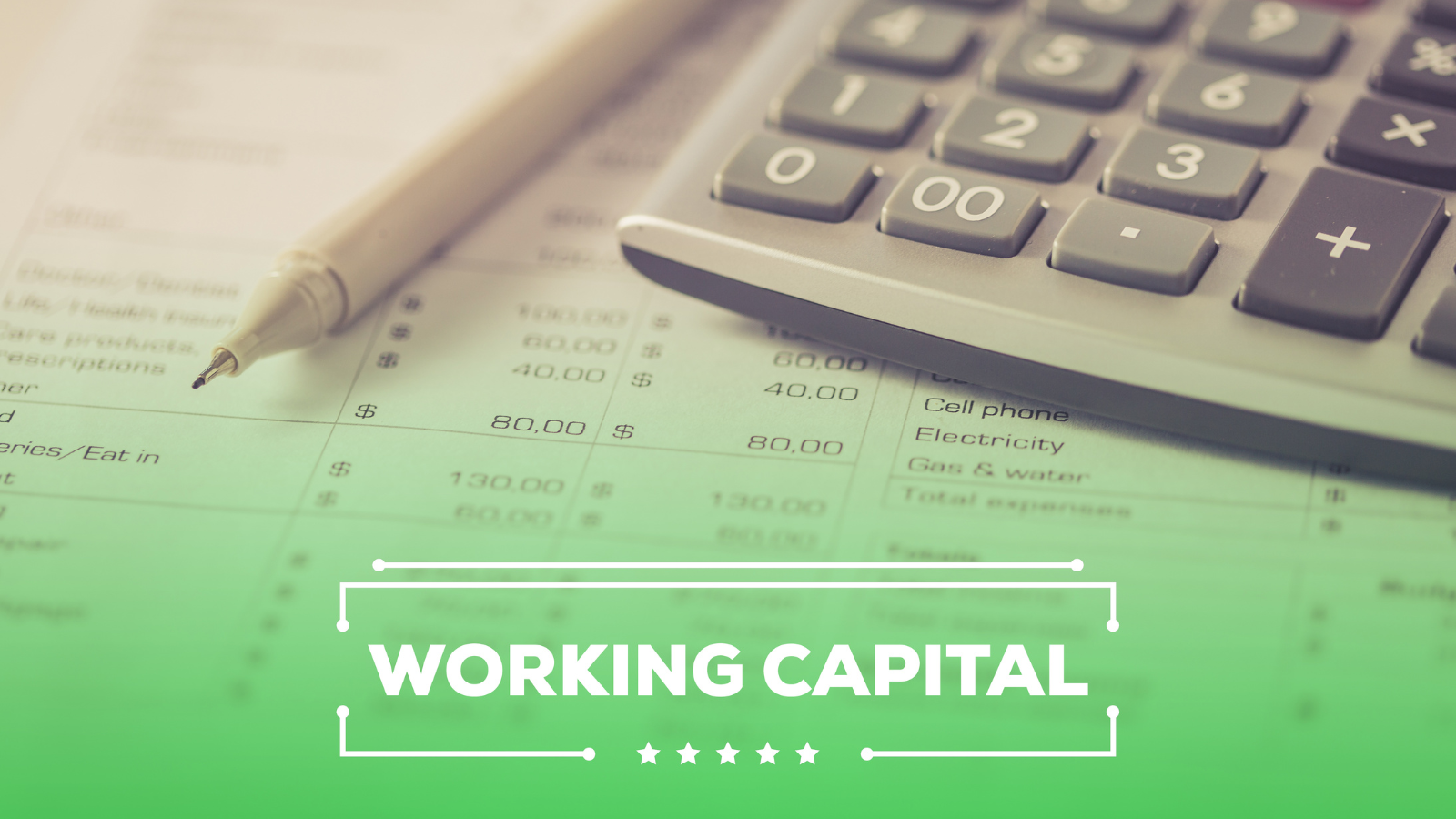What is working capital?
Working capital, also known as net working capital (NWC), is the difference between a company’s current assets (such as cash, accounts receivable, and inventory) and its current liabilities (like accounts payable and short-term debts). It is a key financial metric that measures a company’s short-term liquidity and operational efficiency, essentially, how well a business can meet its day-to-day financial obligations and fund ongoing operations.
Key takeaways
Liquidity indicator
Working capital indicates whether a company has sufficient liquid resources to meet its short-term obligations and operate smoothly.
Formula
Working Capital = Current Assets – Current Liabilities
Positive vs. negative working capital
- Positive working capital: Current assets exceed current liabilities, indicating financial health and the ability to invest in growth.
- Negative working capital: Current liabilities exceed current assets, indicating potential liquidity issues and a risk of financial distress if prolonged.
Industry and business cycle impact
The ideal amount of working capital varies by industry, company size, and business model. For example, companies with longer production cycles or slower inventory turnover often require more working capital.
Why working capital matters?
Adequate working capital is crucial for a business’s short-term financial health, ensuring it can meet its obligations to suppliers, employees, and other stakeholders on time. By supporting smooth daily operations and effective cash flow management, strong working capital helps a company avoid unnecessary borrowing. It also provides resilience against unexpected expenses or downturns, demonstrating financial stability, which can make it easier to qualify for loans or credit.
How to calculate working capital

Identify current assets
Cash, accounts receivable, inventory, prepaid expenses, and other assets convertible to cash within 12 months.
Identify current liabilities
Accounts payable, accrued expenses, short-term debt, current portion of long-term debt, and other obligations due within 12 months.
Apply the formula
- Working Capital = Current Assets – Current Liabilities.
- Example: If a company has $100,000 in current assets and $30,000 in current liabilities, its working capital is $70,000.
Impact on business and operations

Ensures funds are available for daily expenses and obligations.
Supports investment in inventory, staff, or expansion.
Reduces the risk of insolvency or missed payments.
Allows businesses to seize opportunities or handle emergencies.

Real-world examples

Case study: Wells Fargo working capital
Wells Fargo:
- Current assets: $145,000
- Current liabilities: $60,000
- Working capital: $85,000 (positive, indicating strong liquidity)
Wells Fargo’s positive working capital of $85,000 demonstrates strong short-term financial health. This means the company has ample resources to cover its immediate obligations, pay suppliers and employees on time, and handle unexpected expenses. Such liquidity also supports smooth daily operations and enhances the company’s creditworthiness, making it easier to secure loans or credit if needed.
Frequently asked questions about working capital?

